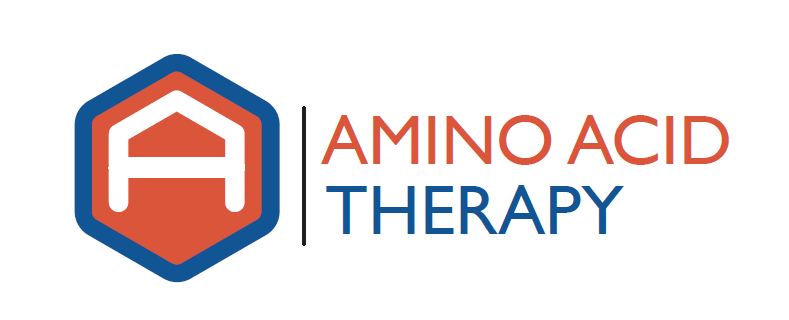 When someone presents with symptoms of neurotransmitter imbalance – symptoms including depression, anxiety, insomnia, migraines, fibromyalgia, restless leg syndrome and/or Parkinson’s disease – the main system that is affected is the serotonin-catecholamine system (catecholamines include dopamine, epinephrine and norepinephrine). Peer-reviewed literature documents that serotonin and the catecholamines exist in one of two states: (1) the endogenous state, which is found when no supplemental amino acids are taken or (2) the competitive inhibition state, which is found when significant amounts of serotonin and/or dopamine precursors are being taken.
When someone presents with symptoms of neurotransmitter imbalance – symptoms including depression, anxiety, insomnia, migraines, fibromyalgia, restless leg syndrome and/or Parkinson’s disease – the main system that is affected is the serotonin-catecholamine system (catecholamines include dopamine, epinephrine and norepinephrine). Peer-reviewed literature documents that serotonin and the catecholamines exist in one of two states: (1) the endogenous state, which is found when no supplemental amino acids are taken or (2) the competitive inhibition state, which is found when significant amounts of serotonin and/or dopamine precursors are being taken.
In order for amino acid therapy to be effective, we must get the system into the state of competitive inhibition. Competitive inhibition occurs because the synthesis, metabolism (i.e., breakdown) and transport of serotonin and dopamine (as well as their precursors) are dependent on the same enzymes and/or transporters. Thus, the neurotransmitters “compete” for these enzymes and/or transporters.
Therefore, it is not simply a matter of having neurotransmitter levels that are “too low” or “too high”, it is also a question of getting the balance between the neurotransmitters right to optimize overall function. This can lead to some complex reactions and is one of the main reasons it is important to work with a health care professional that is experienced in the therapeutic use of amino acid therapy.
Hitting the Bullseye
Achieving results with amino acid therapy is like shooting at a bullseye. Some people experience a relief of symptoms simply by starting amino acids and hitting the outer circle of the target (i.e., they only need to get “close enough” to the optimal range). Other people don’t see any relief of symptoms until both the serotonin and dopamine levels are within the Phase 3 therapeutic ranges, akin to hitting the bullseye.
In some people, the relief of symptoms occurs like a light switch, with an abrupt improvement after a dosing change. Others see a gradual improvement in symptoms, more like a dimmer switch. Either way, specific testing is needed to guide amino acid recommendations to get a person into their therapeutic range so they can see an improvement in their health. In fact, most people require the use of specific testing in order to achieve results. Again, this is another reason to work with a provider skilled in amino acid therapy – to reach optimal neurotransmitter function – to hit the bullseye – as quickly and efficiently as possible.

